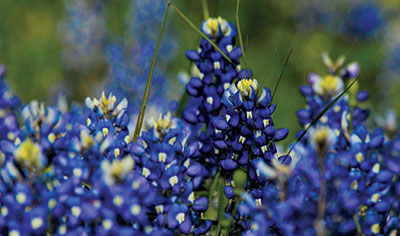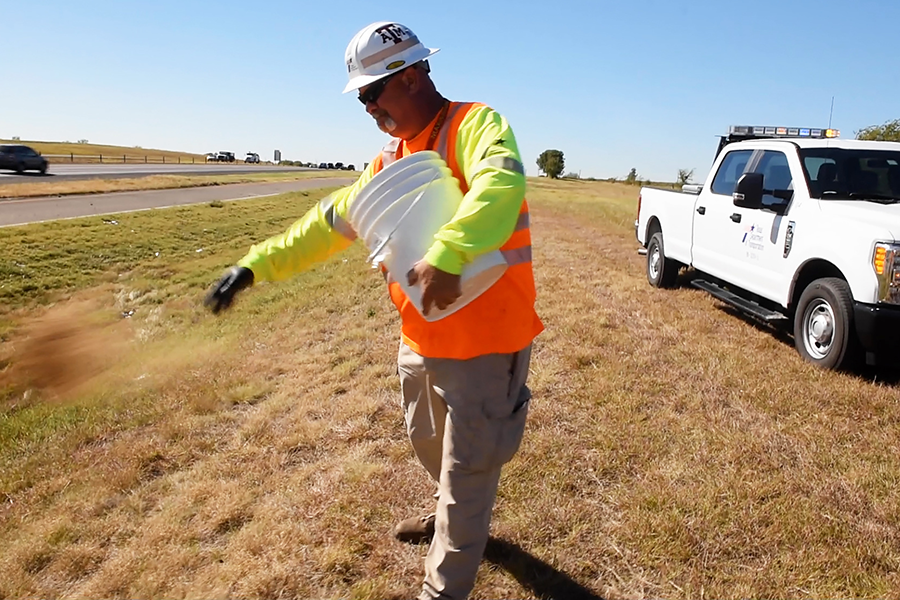
March 27, 2025
By Laura Butterbrodt
AUSTIN – It’s that time of year again, when the sides of Texas highways are dotted with reds, yellows, pinks and blues, and TxDOT is encouraging everyone to find a safe place to see these beautiful wildflowers.
It’s wildflower season, and if you’re planning to go out to see what’s blooming, consider stopping at a TxDOT Safety Rest Area.
These designated centers have plenty of safe, designated parking spaces, plus spaces to enjoy a picnic, use the restroom and learn about other things to do in the area. Whether you’re taking a cross-state road trip or enjoying your local area, these centers are a great resource for locals and visitors alike.
To help drivers find wildflowers and a safe parking area, TxDOT intern Blaze Foster helped create an interactive map to identify where certain wildflower species have been planted in relation to TxDOT safety rest areas. “The map layers show the public where these wildflowers are, shows which rest areas, which state parks have which wildflowers and it also shows the bloom dates in the pop-up,” Foster said. “It’s good to just have it all in one place. You know where these flowers are, where they’re close to you and just in general where public land is close to you.”
The map currently identifies Texas paintbrush, common sunflower, bluebonnets, prairie verbena and Indian paintbrush based on data collected from public reports of wildflowers at those locations. Foster has plans to add additional data, including where and what seeds TxDOT plants in the future.
TxDOT plants an average of 30,000 wildflower seeds each fall to not only keep the roads looking beautiful, but also to keep the ecosystems healthy for pollinators, birds, insects and other creatures that depend on the more than 5,000 species of wildflowers and native grasses.
According to Travis Jez, TxDOT vegetation specialist, wildflower blooms in some parts of Texas may be a little later than typical this year because of dry conditions through the winter.
“Mother nature always wins,” Jez said. “We might not have the beautiful showing like we had a couple years ago where the bluebonnets are really tall and bloomy and big. They might stay short this year because of lack of rain, but they’re there. You just have to really look.”
The good news is even if fewer wildflowers bloom this spring, the seeds will remain dormant in the ground to try again next year, or even several years after that.
